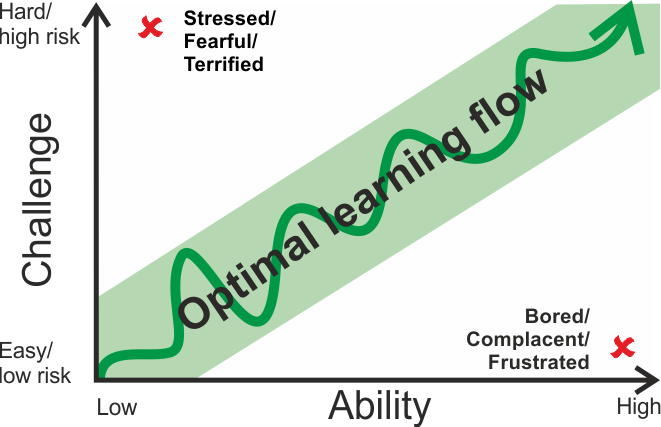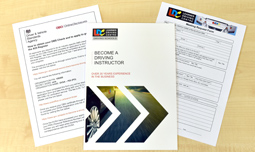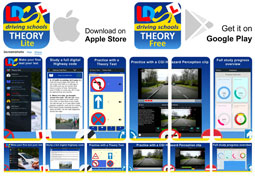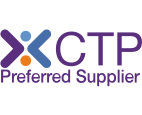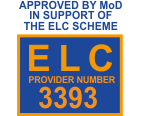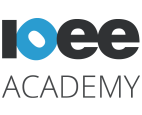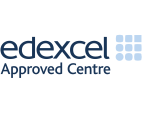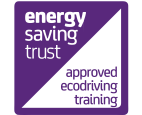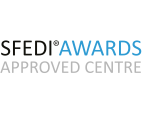How the LD System benefits you
The LD System is the first training system of its kind to meet the new DVSA Government initiative in 2018 to switch over to client-centred learning for new entrants to our profession. Except, that it isn’t new to LDC, we have been operating this way for the last 35 years. This puts LDC way ahead of the game when it comes to offering modern client-centred learning methods essential for passing the new ADI Part 3 test. The Part 3 test now requires all new driving instructors to use ‘client-centred’ learning and teaching strategies like those used, taught and promoted by LDC for over 30 years now.
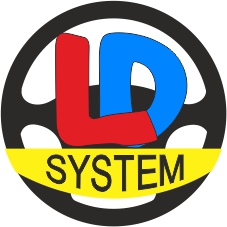
The LD System is based on over 35 years of perfecting the process of learning to drive. It is the very first student-centred learning system of its kind for learner drivers. It is designed to empower the student (i.e. the learner driver) and put them firmly at the centre of the learning process. It enables them to decide what, where, when and how they might go about this process under your watchful eye and guidance. This is achieved by supplying the student with a workbook and accompanying DVD video programme (and/or access to the online Hub version of the LD System) with encouragement and support from you as a coach rather than continually instructing them on what to do or think.
How is it used by the learner?
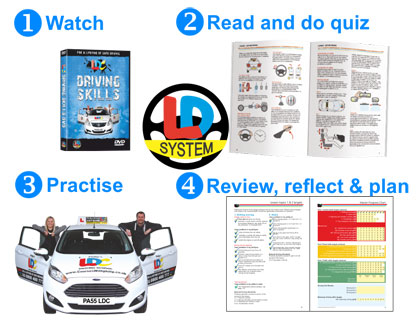
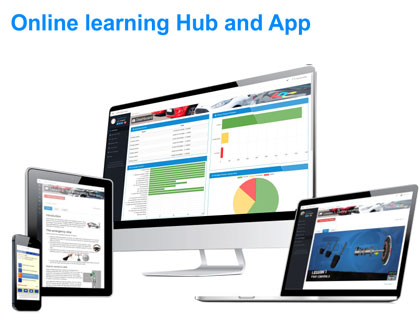

Too many driving instructors focus too much attention on telling their pupils what to do, what to think and criticising every little fault they make! This approach only fosters dependency, doubt and blind obedience. This method of learning is not only slower, it does little to develop safe driving attitudes or personal growth or student self efficacy. The LDC approach on the other hand does, by encouraging self-reliance, ownership and responsibility potentially resulting in safer drivers who learn to drive far more quickly.
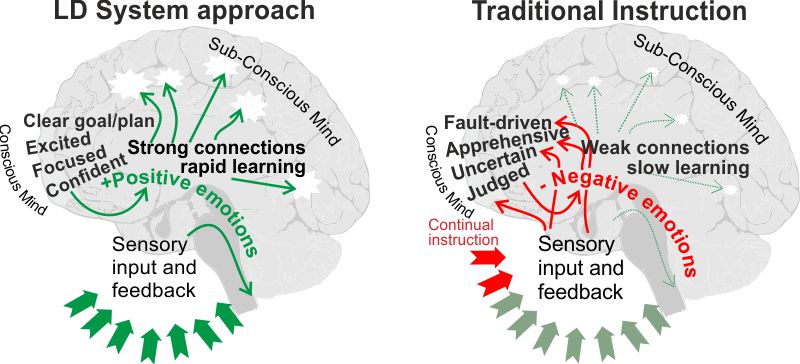
As a result you will boost student retention and ‘word-of-mouth’ referral business creating a secure future pipeline of demand for your services.
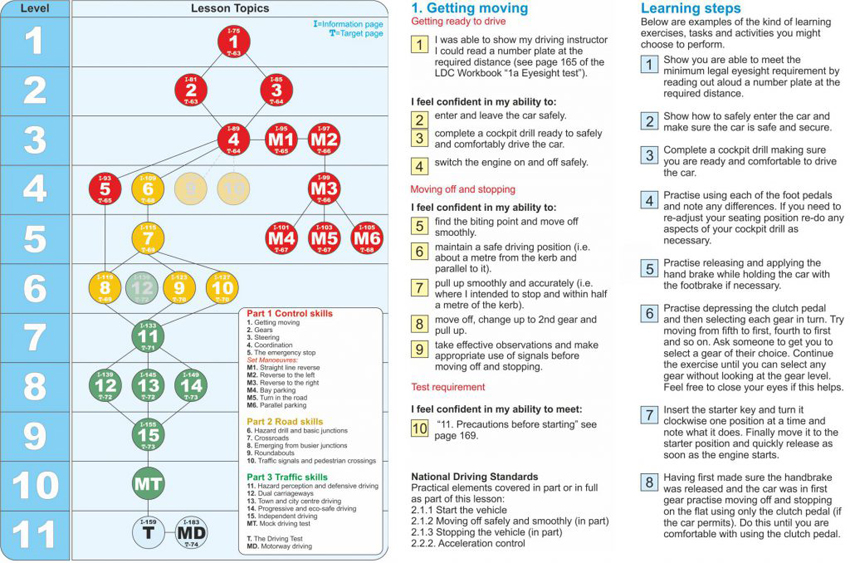
The LD System lessons and targets are structured in such a way as to help you match each learning challenge to the students ability which in turn enables the student to experience something called ‘optimal learning flow’ as illustrated below – when the challenge is closely matched to the students ability/readiness to learn.
